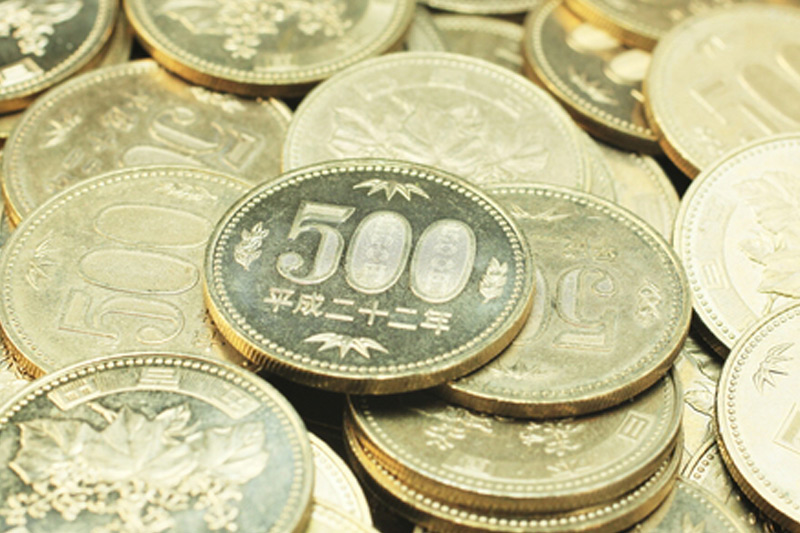Investing.com - The yen was flat to slightly stronger ahead of the latest Bank of Japan review on rates and after the U.S. Federal Reserve stood pat, while the Kiwi eased after the central bank hinted a rate cut was possible if demand weakens further in early Asia on Thursday.
NZD/USD traded at 0.7615, down 0.92%, after the RBNZ said it would hold the official cash rate at 3.5%, but consider a cut on demand cues.
USD/JPY traded at 119.03, flat, while AUD/USD held at 0.7998, down 0.11%.
In Japan, March preliminary industrial output data showed a drop of 0.3%, less than the 2.3% decline seen.
Around 1230 (0330 GMT), the BoJ is due to announce its monetary policy decision after its one-day policy meeting. The BoJ is expected to stand pat on monetary policy as officials believe longer-term inflation expectations are still rising.
After the meeting, the BoJ will release the board's medium-term GDP and CPI forecasts and risk analysis through the end of fiscal 2017 in its semi-annual Outlook Report at 1500 JST (0600 GMT). The board's median forecast for core CPI in fiscal 2015 is expected to be revised down to around 0.9% from 1.0% made in January and to around 2.1% from 2.2% for fiscal 2016. This would be followed by BoJ Governor Haruhiko Kuroda's news conference at 1530 (0630 GMT).
In Australia, the RBA's March private sector credit data are due at 1130 in Sydney (0130 GMT). The data are expected to show a 0.5% month-on-month rise seen, the same pace as February. As usual, the focus will be on investor housing credit which was last at a gain of 10.1% year-on-year.
Also due at the same time is trade price indexes for the first quarter where the expectation is for a 2.0% quarter-on-quarter rise in import price index and a 0.2% rise in the export price index.
The Federal Reserve, as expected kept interest rates at its current level following the conclusion of its Federal Open Market Committee meeting on Wednesday, but offered little hints on the timing of its first rate hike in nearly a decade.
In the FOMC's latest statement, all calendar references have been removed on when the Fed could begin to raise rates. Previously, the Fed indicated that it could start raising rates in June.
In March, the Fed removed a stance of "remaining patient" on policy normalization, a reference which typically indicates that it is ready to raise rates. A raft of soft economic data in recent weeks, however, has ostensibly convinced the U.S. central bank to delay lift-off. On Wednesday, the U.S. Commerce Department announced that GDP for the first quarter expanded by 0.2%, far below analysts' forecasts of 1% growth.
The Fed's acknowledgement of weakness in some sectors of the economy makes it more likely it will not be ready to raise until at least September, which kept stocks from falling further.
Earlier in the day, data showed gross domestic product expanded at an only 0.2 percent annual rate as harsh weather put off shoppers and energy companies cut spending.
